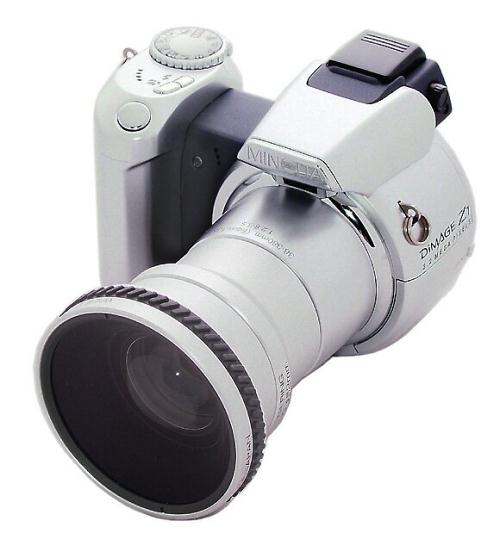Hi all,
My digital camera has add-on lenses, filters, and complete manual control of aperature; shutter speed; focus. I no longer use autofocus.
I am still a beginner and am confoosled by ISO 35mm film standards in the age of DSLR.
When using a filter, we devide the 35mm film ISO value by the filters X factor (i.e. +1.1) to give a new exposure.
But I'm using digital so there is no predefined ISO value! What is the default? What ISO should I tell my camera to use when I'm not using filters, and hence, when I am using extra filters?
You would think this information is in the manual, but that only tells you how to change the setting to something other than automatic - without stating what the default is
My digital camera has add-on lenses, filters, and complete manual control of aperature; shutter speed; focus. I no longer use autofocus.
I am still a beginner and am confoosled by ISO 35mm film standards in the age of DSLR.
When using a filter, we devide the 35mm film ISO value by the filters X factor (i.e. +1.1) to give a new exposure.
But I'm using digital so there is no predefined ISO value! What is the default? What ISO should I tell my camera to use when I'm not using filters, and hence, when I am using extra filters?
You would think this information is in the manual, but that only tells you how to change the setting to something other than automatic - without stating what the default is









